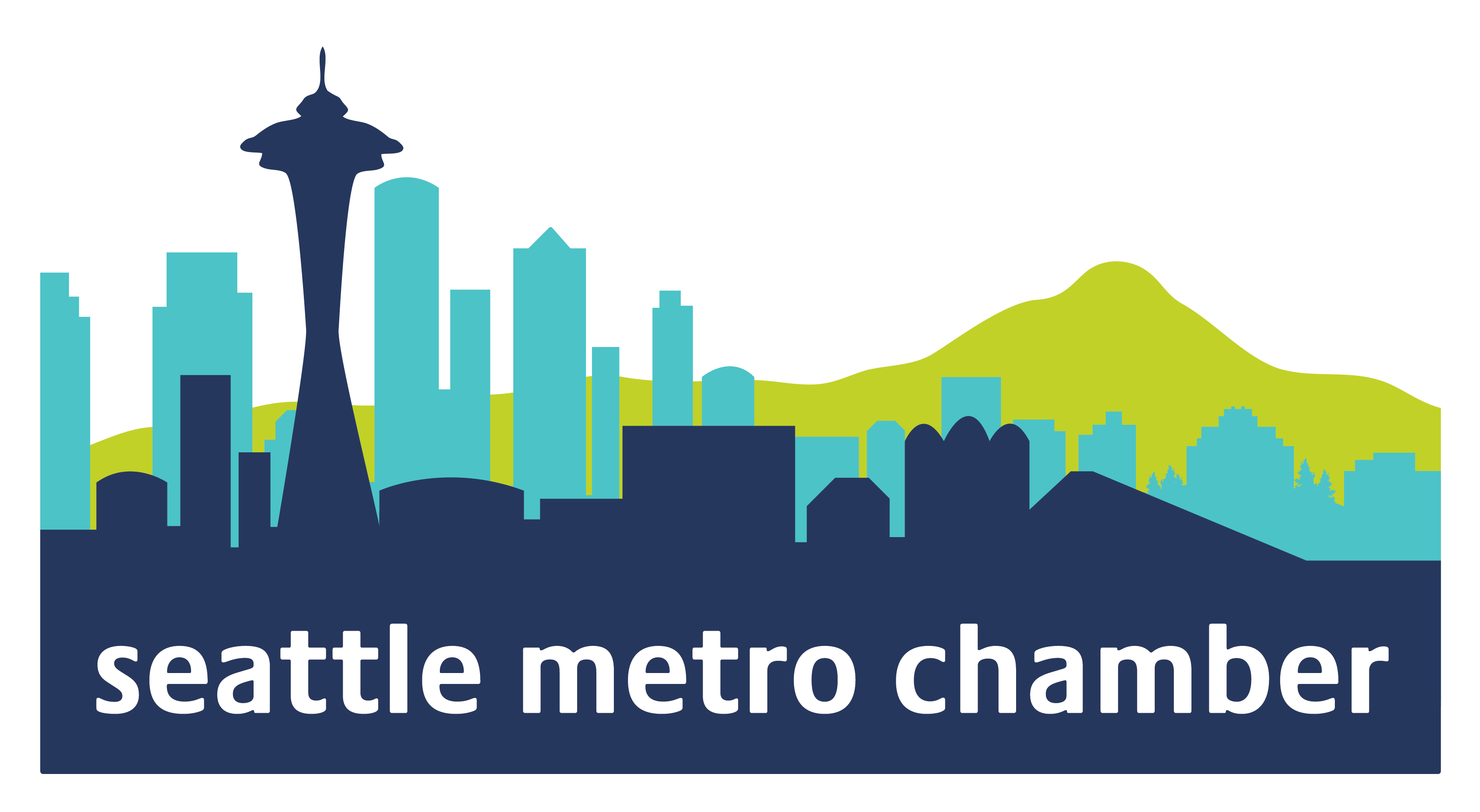Interstate 5 is the backbone of our economy and the most significant freight corridor on the West Coast, linking regional, national, and international trade markets.
However, I-5 isn’t working for businesses or employees traveling to work, families, and play. Unreliable travel times, congestion, and accidents need to be addressed and we must plan for the decarbonization of our transportation system.
To address today’s problems and plan for growth, the Washington State Legislature authorized $40 million for the development of an Interstate 5 Master Plan. To inform this work, Washington State Department of Transportation (WSDOT) is meeting with local governments and organizations that are reliant on and impacted by I-5 to understand their experiences and future needs.
Participants have represented diverse communities and sectors, including ports, equity interests, tribes, emergency services, and freight.
On Jan. 13, members of the business community met with WSDOT for a discussion about the future of Interstate 5, hosted by the Seattle Metro Chamber and The Washington Roundtable.
The results of this input will be shared with the Legislature this summer and the Chamber will continue to convene members to provide feedback on this important issue.
In addition to the listening sessions, WSDOT’s work also includes seismic and high-occupancy vehicle (HOV) performance studies.
Feedback during the Jan. 13 business discussion included:
Safety and Congestion
Many participants said they seek alternatives to I-5 during peak hours for themselves, their employees, and their freight. One member said that his company’s drivers are instructed to use the “path of least resistance available,” which is often I-405. Interstate 405 was also identified in the meeting as a safer option, partly because of long accident response times on I-5 that cause traffic slow-downs. Another member shared that a company survey, used to decide office location, revealed that many employees preferred an office outside of Seattle to avoid traffic on I-5.
Aging infrastructure below I-5 is also an issue and many participants recalled an incident in which an expansion joint emerged through the pavement and caused slowdowns that impacted the Puget Sound economy for hours. One member addressed the issue of bridge safety in the event of an earthquake, particularly in the Puget Sound area and King and Snohomish counties. Members called for more predictability in maintenance and preservation projects, to allow businesses and individuals to plan accordingly. A few members brought up the need for equity in these conversations and said many individuals and businesses do not have the ability or option to seek alternative routes or work plans.
Technology and Trucks
As more electric vehicles hit the pavement across the state, infrastructure will have to adapt. One member said electric vehicles are heavier than non-electric, and bridges and roads will need to guarantee safety as electric alternatives grow in popularity. Freight trucks also likely have an electric future, and members urged WSDOT to consider the eventual need for charging stations across the corridor to ensure continued freight mobility. In general, members agreed that freight must be part of the I-5 Master Plan, particularly because of the scarcity of truck parking, which WSDOT has identified as an emergency. One member said technology improves safety on the interstate, as more cars are fitted with adaptive cruise control and other safety features that can minimize accidents.
Planning for the Future
“If everyone owns it, nobody owns it,” said one participant, referring to the challenge of engaging state legislators in the I-5 issue. Because the interstate is in many legislative districts, it is difficult to pitch the issue to legislators who have many district-specific concerns. A member identified the I-405 Master Plan as a great model and example of infrastructure investment. Julie Meredith from WSDOT said that the department has implemented projects guided by that plan for 20 years and hopes the I-5 Master Plan will have a similar outcome. She said it is important for the department to complete planning work as quickly as possible to both meet today’s needs and match the pace of rapid growth and change.
